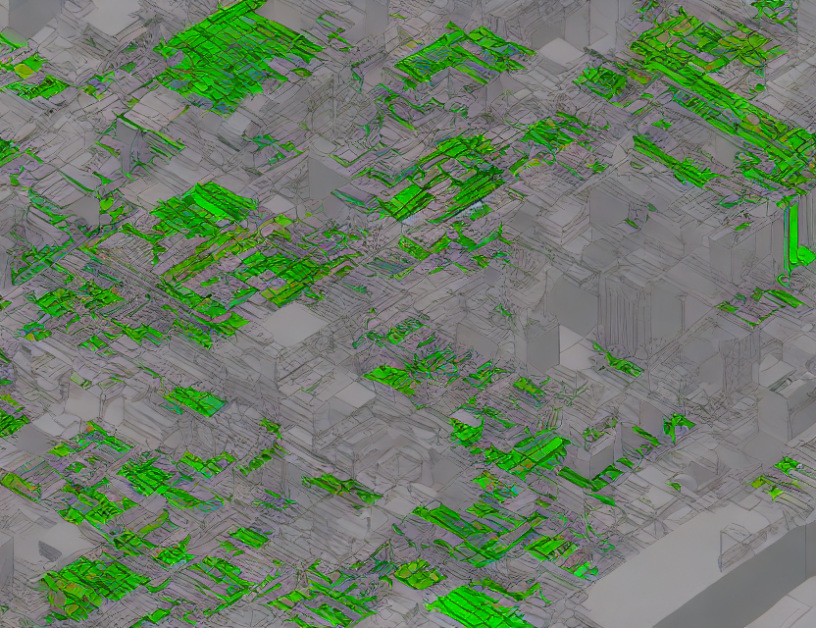This article delves into the realm of numerical analysis, specifically tackling the challenging task of solving nonlinear partial differential equations (PDEs) in engineering applications. The authors propose a novel approach that leverages meshfree collocation methods, which offer several advantages over traditional finite element or boundary element methods. By employing radial basis functions and adaptive refinement, these methods can effectively capture the underlying physics of complex problems while reducing computational costs.
The key idea behind meshfree collocation is to represent the solution field using a set of scattered data points, rather than a fixed grid. This allows for greater flexibility in modeling complex geometries and boundary conditions. The authors demonstrate the effectiveness of their approach by applying it to several benchmark problems, including those with nonlinear terms and multiple solutions.
One of the standout features of meshfree collocation is its ability to handle nonlinear PDEs with high accuracy. Unlike traditional methods that struggle with these equations, meshfree collocation can effectively capture the nonlinear effects by adapting the basis functions to the problem at hand. This leads to improved convergence rates and reduced computational costs, making it a valuable tool for solving challenging engineering problems.
The authors also address the issue of parameter estimation, which is crucial in many engineering applications. They propose a novel method that combines meshfree collocation with sparse grids, enabling the efficient computation of parameter estimates while accounting for uncertainties in the system. This approach can be applied to a wide range of problems, including those with multiple solutions and nonlinear effects.
In conclusion, meshfree collocation methods offer a powerful tool for solving nonlinear PDEs in engineering applications. By leveraging radial basis functions and adaptive refinement, these methods can capture complex geometries and boundary conditions while reducing computational costs. Their ability to handle nonlinear terms with high accuracy makes them an attractive choice for solving challenging engineering problems, and their versatility makes them applicable to a wide range of applications.
Mathematics, Numerical Analysis
Meshfree Discretization of the Monge-Ampere Equation with Radial Basis Functions



